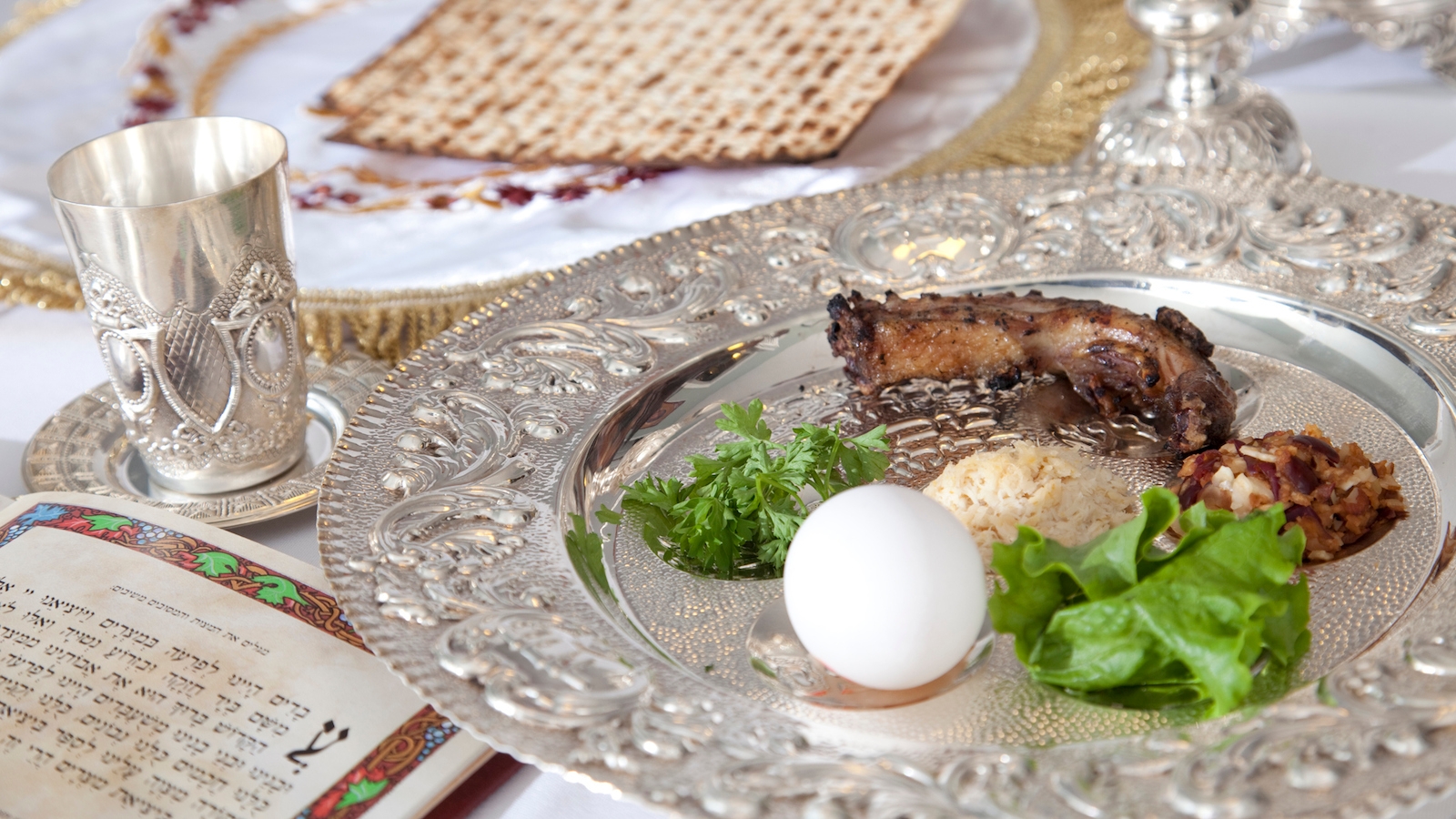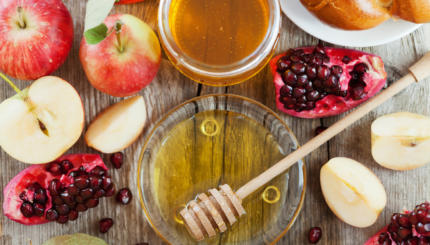If you’ve never been to a Passover , you might be feeling a bit intimidated at the prospect. Relax. The seder is an opportunity for celebration, discussion and lots of tasty food. Here are some things to know before you go:
What should I wear?
People usually dress up a little for the seder, but it’s best to ask your host ahead of time, as seder attire can run the gamut from jeans and T-shirts to suit-and-tie. You’ll probably eat a lot, however, so don’t wear anything with a tight-fitting waist!
What should I bring?
Again, it’s best to ask the host ahead of time. If he or she requests food or wine, make sure to find out whether the family keeps and how strictly they observe Passover dietary laws. Even if your host does not keep kosher, you should avoid bringing baked goods, like breads or cakes, as these flout the tradition of avoiding leavened foods, unless the products are labeled kosher-for-Passover. Flowers are always a good option as well.
Is there a prayer service before the meal?
The seder, which commemorates the Israelites’ Exodus from slavery in Egypt (the first 15 chapters of Exodus), is a service of sorts, replete with various blessings, rituals, songs and readings. To get a better feel for what happens and in what order, we recommend you check out this article about the seder and this one about the Haggadah.

Help us keep Jewish knowledge accessible to millions of people around the world.
Your donation to My Jewish Learning fuels endless journeys of Jewish discovery. With your help, My Jewish Learning can continue to provide nonstop opportunities for learning, connection and growth.
Will the seder be in Hebrew?
Some families do conduct the seder all in Hebrew, but many primarily stick to English, with the exception of reciting some prayers and blessings in Hebrew. To familiarize yourself with some of the Hebrew terms used throughout the seder, check out our Must-Know Passover Terms.
How long does the seder last?
Seder length varies even more than seder attire! Some families read every page of the Haggadah (the book that details all the Passover rituals, blessings and readings) along with all sorts of supplemental readings, while others do a very abbreviated version. Which means the seder can range from under 30 minutes (followed by a leisurely meal) to literally all night long. Traditionally, the seder has two parts: readings and rituals for before the meal is served, and readings and songs that follow the meal. However, many families – particularly those with small children – dispense with the second part and focus on the pre-meal rituals. You can ask your host to provide a ballpark estimate in advance.
Should I show up on time or fashionably late?
The seder has a specific structure, and hosts rarely begin until all the guests have arrived. So you should definitely show up on time.
How soon will we eat?
That varies greatly depending on how long the ritual components of the seder last. Some hosts provide snacks before the seder or have food to nibble on before the meal, but it’s best not to arrive ravenous and to be prepared to wait at least an hour before chowing down.
What foods are usually served at a Passover seder?
Before the meal, a number of foods with ritual significance are eaten: a sprig of parsley (or other green) dipped in salt water; charoset, a fruit-and-nut paste that symbolizes the mortar slaves used to make bricks; horseradish or other spicy/bitter food to symbolize the bitterness of slavery; and a hard-boiled egg as a symbol of rebirth. Food at the meal itself varies a great deal, depending on whether your host is Ashkenazi (of Eastern European descent) or Sephardi (of Spanish or Middle Eastern descent). It also depends on your host’s own family traditions. That said, commonly served foods in the United States include gefilte fish, chicken soup with matzah balls, lamb, chicken and various kugels (a type of casserole). Some popular desserts are macaroons, chocolate-covered matzah, kosher-for-Passover cakes and fruit compote. If your host keeps kosher, no dairy will be served with or after meat.
Is it really true that you have to drink four cups of wine? I don’t want to get drunk and embarrass myself.
Traditionally people do drink four cups of wine over the course of the seder, but they do not have to be large cups of wine. Also, many hosts also have grape juice on hand, which is a perfectly acceptable substitute.
Click here to download a printable version of the Passover story for kids from Kveller



